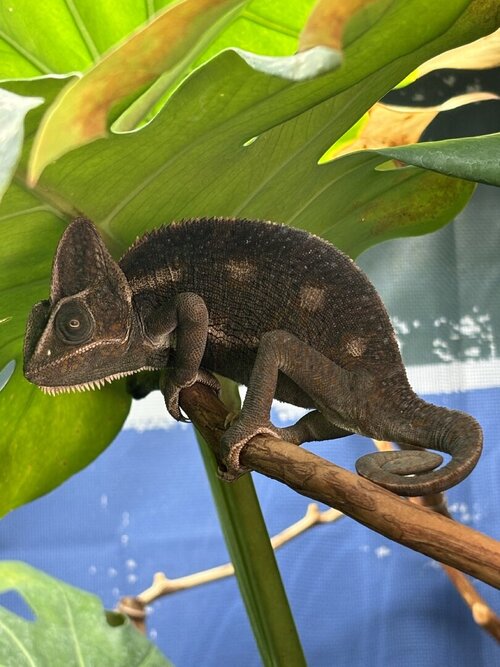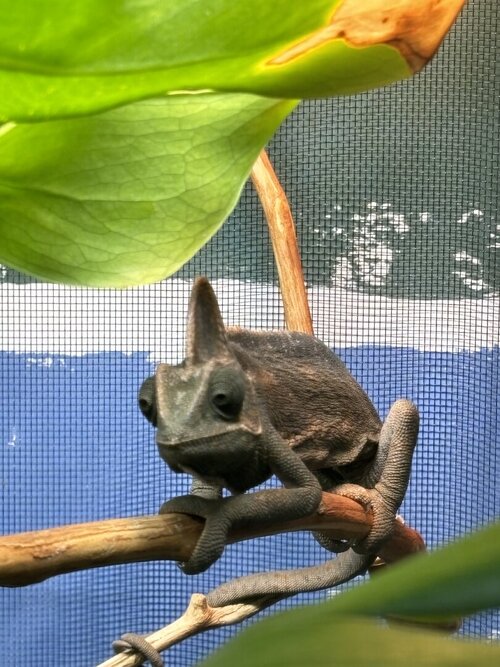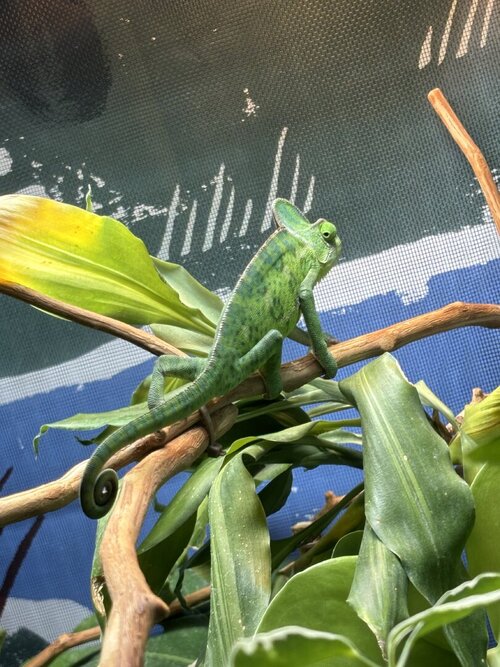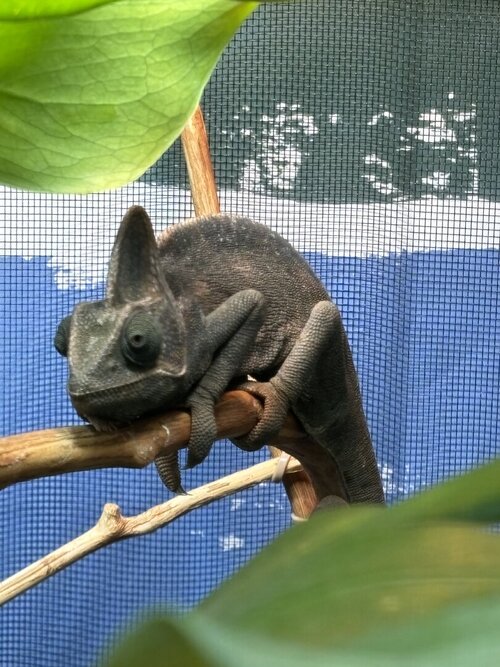andre_24
Member
Hello everyone,
I’m not sure if this is usual chameleon shedding or not. But to summarize I left for vacations and left my chameleon to my friends care. Around the time I came back (around a week and an half ago) my chameleon has remained dark and dull colors with white spots on her back. I’m pretty sure she’s just shedding but I’m not absolutely sure as I feel like she would’ve already started shedding by now… She’s also been moving around a lot and has been traveling to the bottom of the enclosure since. I’m not sure if this is normal behavior and would appreciate a second opinion to ease my mind (,:
I’m not sure if this is usual chameleon shedding or not. But to summarize I left for vacations and left my chameleon to my friends care. Around the time I came back (around a week and an half ago) my chameleon has remained dark and dull colors with white spots on her back. I’m pretty sure she’s just shedding but I’m not absolutely sure as I feel like she would’ve already started shedding by now… She’s also been moving around a lot and has been traveling to the bottom of the enclosure since. I’m not sure if this is normal behavior and would appreciate a second opinion to ease my mind (,:















